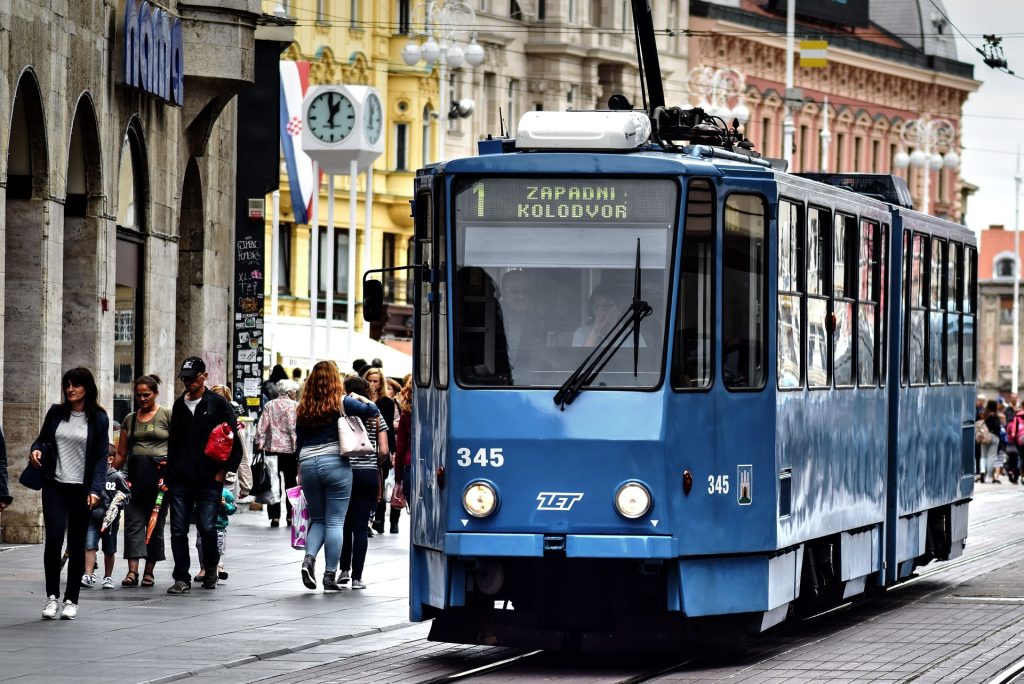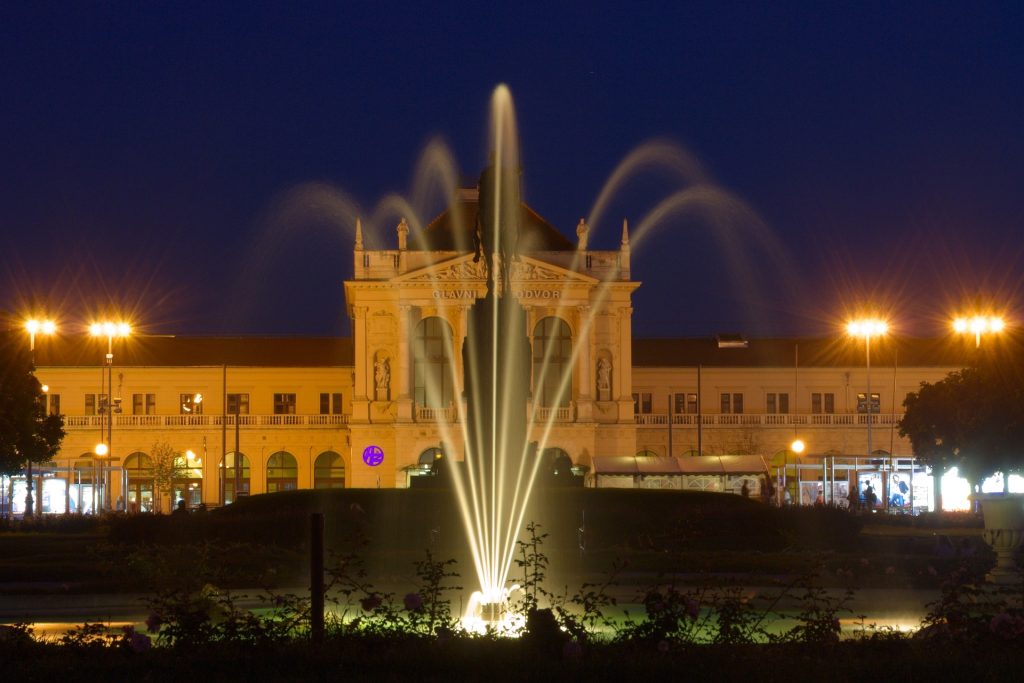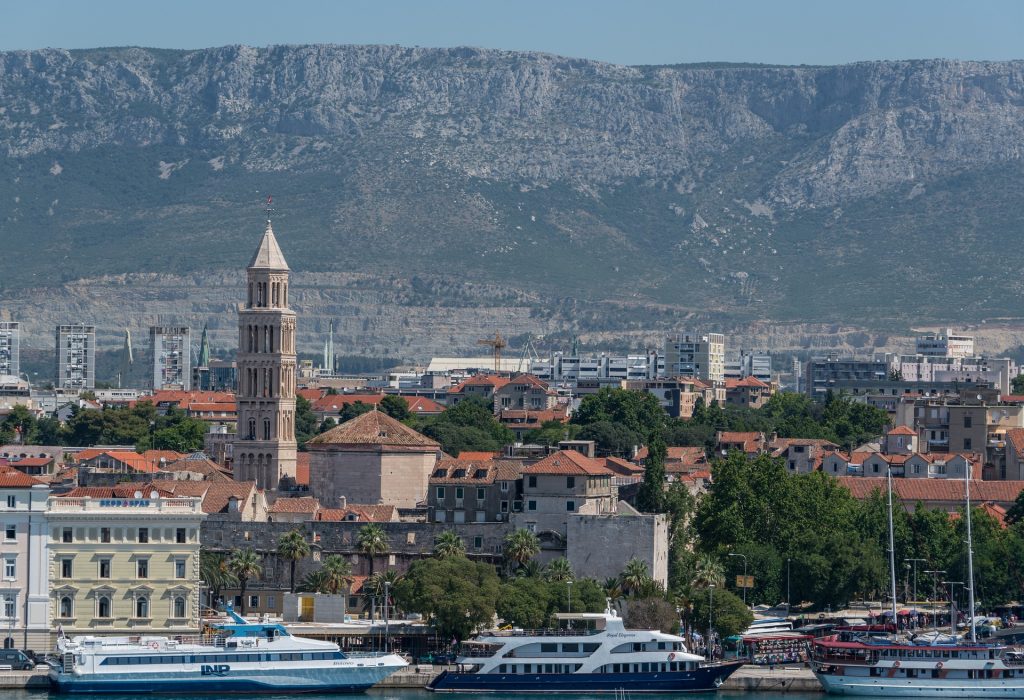April the 14th, 2024 – Good news about Croatian growth from the World Bank as they estimate the rate to accelerate to three percent this year.
As Ana Blaskovic/Poslovni Dnevnik writes, the World Bank expects that Croatian growth in terms of the economy will accelerate to three percent in 2024. According to them, this will primarily be a result of the spillover of positive developments from 2023, strengthening external demand and a more expansive fiscal policy. The Croatian economy does continue to show resilience, and with GDP growth of 2.8 percent in 2023, it remained far above the European Union (EU) average.
This is mainly a consequence of the fast-growing tourism sector and a strong inflow of funds from the EU, a stimulating fiscal policy, a strong labour market and a large inflow of workers’ remittances from abroad. All of this rapidly stimulated stable growth in terms of personal consumption, according to the World Bank’s report on emerging and developing countries across Europe and Central Asia.
Croatian growth: real income

“In addition to all of the above, Croatian growth will be stimulated by a relatively high share of companies reporting labour shortages and large wage increases. That will further contribute to real income growth. Inflation will continue to decline and gradually approach the ECB’s target level of almost 2 percent by early 2025, but risks do and will continue to remain due to the pressures placed on wage growth,” the World Bank pointed out.
They predict that economic activity in emerging and developing markets across the Europe and Central Asia region will probably slow down this year. This is because the overall weak global economy, a tighter monetary policy, the slowdown of the Chinese economy and lower commodity prices will reduce the prospects for its growth.
“Growth in the region is likely to slow to 2.8 percent this year after a substantial increase to 3.3 percent in 2023 as the economies of Russia and war-torn Ukraine begin to grow again. It’s also owing to a considerably stronger recovery across Central Asia,” the World Bank said.
inflation slowdown

Across emerging and developing markets in the Europe and Central Asia region, inflation decreased more quickly than expected. This was primarily owing to a sharp drop in energy and food prices. Median annual inflation in the region had decreased from 15 percent back in early 2023 to 4.2 percent by February 2024. Regardless, the 2022 cost-of-living crisis continues to affect households regardless of the fact that real income increased last year, they noted.
When it comes to individual countries, the World Bank expects Ukraine’s recovery to slow to 3.2 percent this year, from 4.8 percent in 2023, as a reflection of a weaker harvest and continued labour shortage. They also noted that Ukraine’s economic prospects currently largely depend on donor support and the duration of the war.
According to recent estimates by the World Bank and partner institutions, the cost of reconstruction and recovery of Ukraine has increased to 486 billion USD, which is more than twice the size of its pre-war economy in 2021, it was pointed out.











